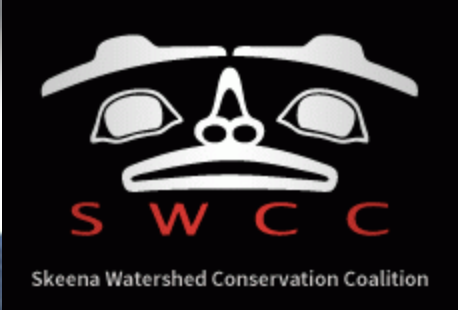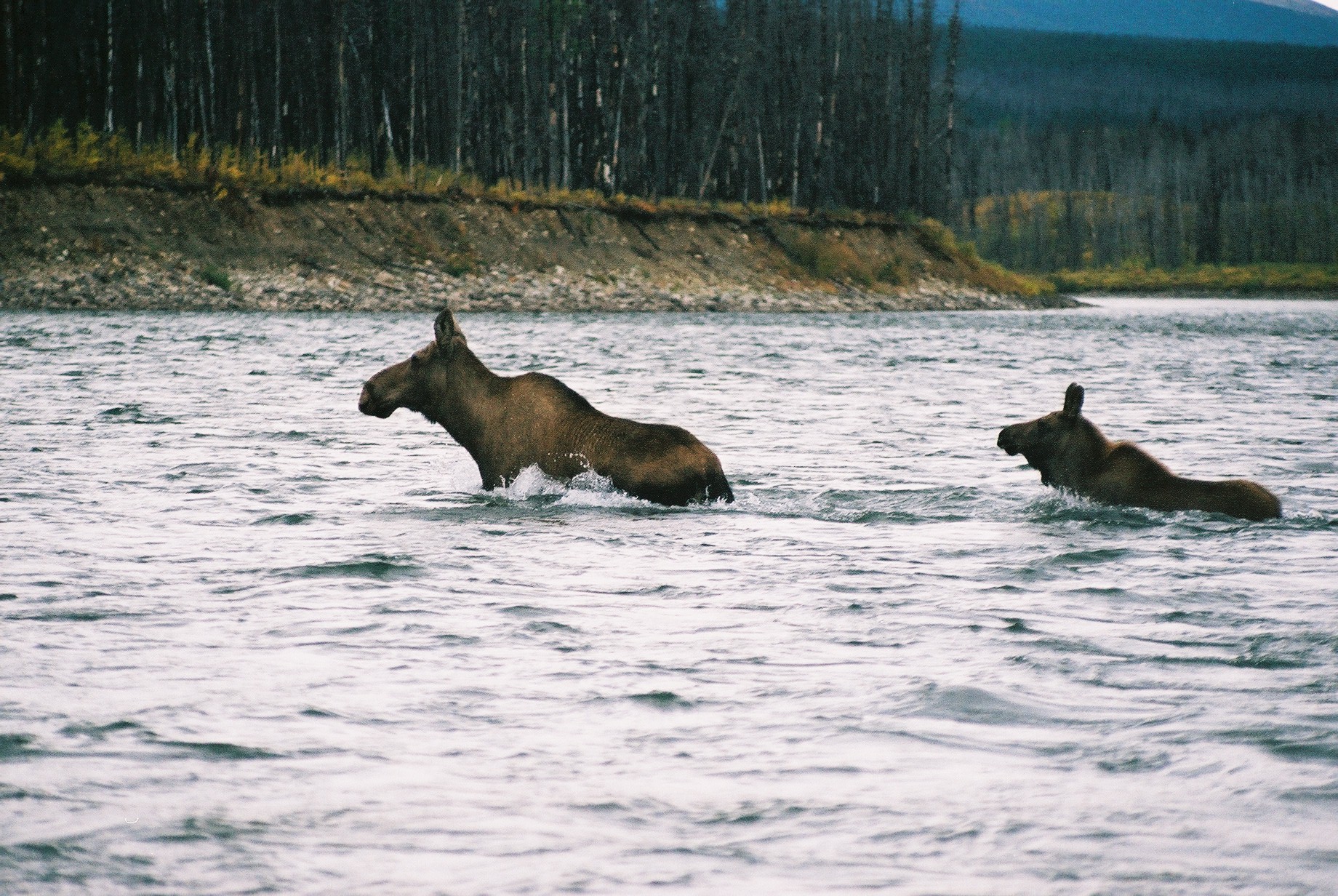Salmon, forests & rivers
The Skeena Watershed (54,234km2) can be described as the Skeena River and all the tributaries that feed into it as well as the landmass they drain. This is an accurate description and understanding how a watershed works is critical to understanding how fragile it is.
We boast all 5 species of wild salmon, the largest strain of wild steelhead in the world, moose, grizzly, black bear, spirit bear, caribou, wolverine, wolves, mountain goat, stone sheep and many other iconic wildlife in healthly, robust populations.
The Skeena Watershed is home to the traditional territories of many Indigenous and settler descendants who live with each other and share very similar values although we don’t always agree. The one thing we agree on is that we love where we live and are willing to stand up for our future generations.
The Skeena’s Salmon
All five species of wild Pacific salmon live in the Skeena system, supporting Canada’s second largest wild salmon fishery next to that of the Fraser. A 2005 study by IBM Business Consulting found that Skeena salmon contribute some $110 million to the region’s annual economy. In addition to a commercial ocean fishery at the Skeena’s mouth, the watershed supports an internationally renowned sport angling industry that draws people from around the world to the region each year. Salmon are also the foundation of the watershed’s Indigenous cultures, and traditional food fisheries continue today as they have for millenia, at fishing sites up and down the length of the Skeena.
The Skeena’s Journey
It begins its journey in the Sacred Headwaters, an alpine basin in northern BC adjacent to Spatsizi Wilderness Park, where the Nass and Stikine Rivers also find their birthplace. From the Sacred Headwaters, the Skeena flows southeast, between the shallow peaks of the Skeena Mountains. It continues past the Slamgeesh Range, then westward to Fourth Cabin where it turns south. After Kuldo it turns eastward, then flows again south below Cutoff Mountain and Mount Pope. It continues past the communities of Kispiox and Hazelton, where it receives the waters of Bulkley River, then turns southwest. At Kitseguecla, the river is crossed by Highway 37, and then turns south around the Seven Sisters Peaks and Bulkley Ranges, then between the Nass Ranges and Borden Glacier, past the ferry crossing at Usk, through the Kitselas Canyon, and then through the Kleanza Creek Provincial Park. It then flows south-west through the city of Terrace, where the river widens. It continues westwards, passes near the Exchamsiks River Provincial Park, and finally flows into the Pacific Ocean at Eleanor Passage, between Port Edward and Port Essington.


